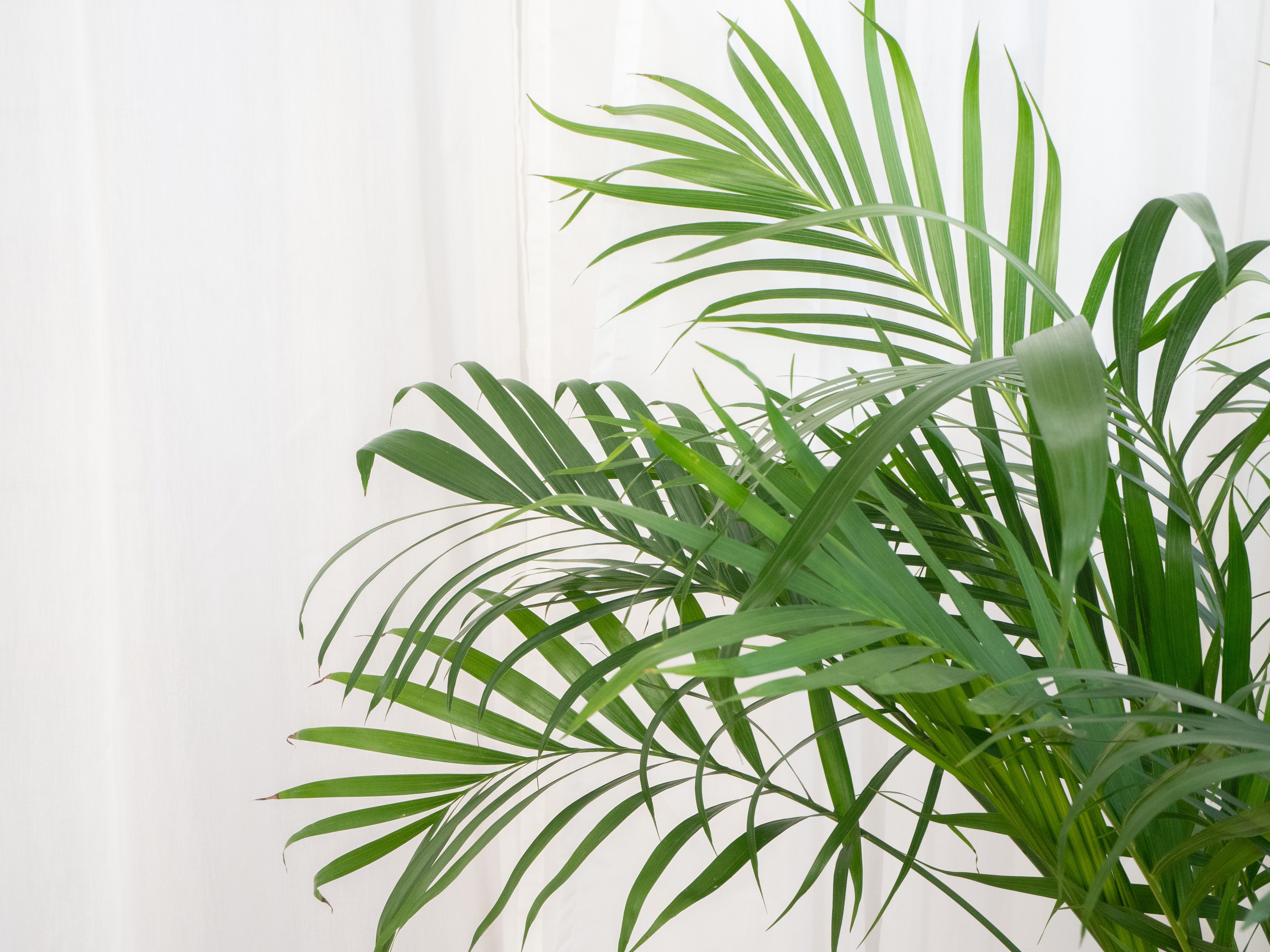Never overwater (or underwater) your houseplants again.
| |  | | | | | | | | Whether you're new to plant parenthood or not, one of the biggest mistakes people make with their houseplants is how they water them. Overwatering and underwatering are two of the most common ways to kill houseplants, and it's easy to understand why. With so many different varieties of plants, they all require different needs. But the basic principles remain the same, and these watering tips will help you get started on the right track. | | | | | | | | |  | A long-necked watering can |  | A sink or bathtub |  | A watering container | | | | | | | | | | | How to Water Your Houseplants | | |  | | | | Implement a Schedule |  | Make sure your plant pots have room for water. When you're repotting your plants, don't fill the pot up with potting soil. Leave enough room that you can pour in some water and let it soak in on its own. | | |  | Make sure your watering habits are consistent, so the plants don't suffer through debilitating cycles of drought and plenty. This could mean marking watering days on your calendar. Although each species is different, in general plants prefer even moisture and regular waterings. | | |  | If it's possible, grow similar plants next to each other, so you won't have to thread your way among various plants while watering. Keep your succulents with your succulents and your aroids with your aroids. | | | | | Choose Your Method |  | Learn to water from the bottom. Bottom watering is a very effective method for many plants whose leaves don't like to get wet. This means putting your plant pot directly into a sink, bathtub, or other container with a few inches of water and letting them sit for up to 20 minutes. | | |  | Use a long-necked watering can. This will allow you to apply water precisely at the soil level, without wetting the leaves. Fungal disorders are encouraged by wet foliage. | | |  | Never let your plants sit in water. Make sure to empty the plant trays after you're finished watering so the plants aren't sitting in water for a prolonged period of time. This can cause root rot, which is often lethal. | | |  | If your plants aren't near a water source, make your life easy and hide a watering container somewhere in the room where they're located. This will make it easier to regularly water. | | | | | Water Deeply |  | Shallow and insufficient watering encourages weak root systems and makes the plant more vulnerable to collapse. When you water, make sure you do it thoroughly, so water runs through the container. | | |  | Water in the morning. Watering at night encourages dampness, which is a prerequisite for fungus. Instead, water during the day, when the evaporation and transpiration rates are at their best. | | |  | Lastly, pay attention to water quality. Some plants cannot tolerate chlorinated tap water, while other plants have a difficult time with soft water. Use the cleanest water possible, such as rainwater, water that has been left out for a few days to dechlorinate, or reverse osmosis water. | | | | | | | | | | |
| | | | | You are receiving this newsletter because you subscribed to Green Thumb 101. Unsubscribe | | © 2020 Dotdash.com — All rights reserved. Privacy Policy. | | A DOTDASH BRAND | 1500 Broadway, 6th Floor, New York, NY, 10036 | | | | | | |















No comments:
Post a Comment